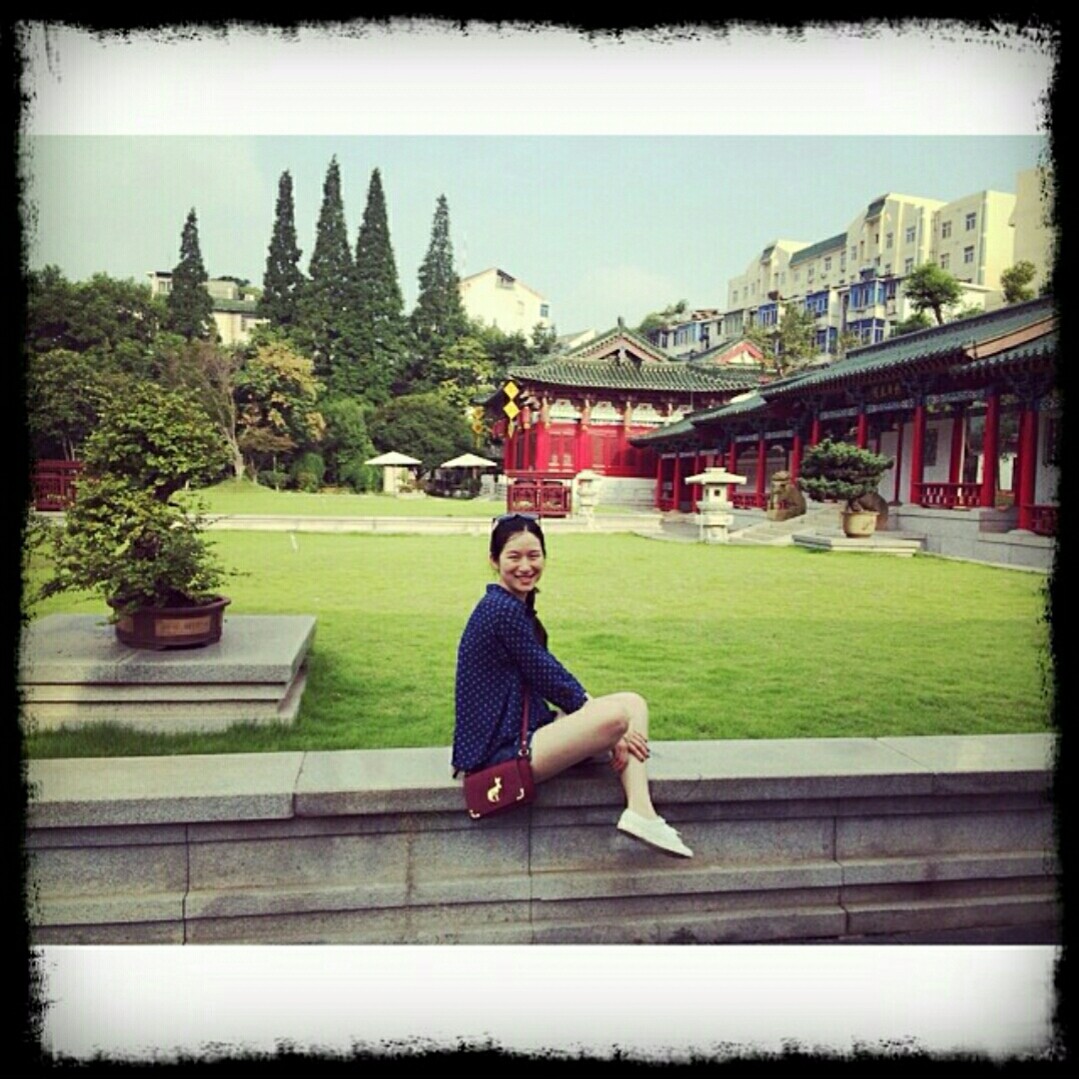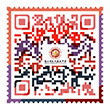
湯沛,2010年畢業于西安外國語大學研究生院外國語言學及應用語言學專業翻譯方向。畢業至今一直任教于杭州高級中學。曾獲2011年杭州市第十五屆青年教師基本技能競賽第一名,并獲市“傑出青年崗位能手”榮譽稱号;2012年杭州市直屬學校高中英語優質課評比一等獎;2013年杭州市高中英語學科優質課評比一等獎;2013年浙江省高中英語學科優質課評比一等獎;2014年參加由中國教育學會外語教學專業委員會主辦的“第九屆全國高中英語課堂教學評比活動”并榮獲一等獎;2014年杭州市直屬學校第14屆系統級教壇新秀稱号。2015年1月參加浙江省英語學科學考命題。2015年4月在《中小學外語教學》(中學篇)發表論文“高中英語閱讀教學的綜合視野課例”。教育理念:每個學生都有自己的學習和生活節奏,每個教師都有自己的育人理念和待人溫度;用你的溫潤幫助學生找到自己的節奏,假以時日,便可靜待花開!
【教學設計】
課 題 |
Reading: In Light of a Monkey Selfie |
教學目标 |
1. 學生理解文本話題,明确争論雙方的立場及作者觀點。 2. 學生能重點理解文本的觀點表達部分,篩選關鍵信息,找到支撐争論雙方論點的論據,并能評判相關信息,以深入讨論該話題,拓展思維,提升思維能力。 3. 學生能通過分析問題的提出、争論雙方的觀點和作者觀點的呈現方式歸納出議論文的框架結構,能學會文章中觀點類的表達方式,并能結合文本話題,表達自己的觀點,提升相關話題的語言表達能力。 4. 學生能聯系自己生活中遇到的類似問題表達自己的看法,并能找到支撐自己論點的論據,嘗試用課堂所學知識解決實際問題。 |
教學重難點 |
提升學生思維品質,使其能聯系自己生活實際,嘗試用課堂所學知識(語言與内容)解決實際問題。 |
教學流程 |
Activity 1: Getting involved with the “selfie” topic. Activity 2: Finding out about the problem. (Paras 1-3) Activity 3: Discovering the different parties concerning the issue. (Paras 4-7) Activity 4: Identifying the author’s attitude. (Paras 8-9) Activity 5: Appreciating the structure and the language. Activity 6: Assessing the learning outcome. |
課文标題: |
Reading: In Light of a Monkey Selfie |
單元名稱: |
|
教材版本: |
改編自The New Yorker 2014年8月8日刊登的文章: Wikipedia Defends the Monkey Selfie |
授課年級: |
高二 |
一、 教材分析與整體設計思路
所選文本來自于2014年8月8日The New Yorker刊登的文章 Wikipedia Defends the Monkey Selfie. 文章就動物自拍所引起的版權問題,給出争論雙方的觀點并提供依據,最終闡釋了作者自身看法。作為一篇典型的議論文,該文本脈絡清晰,語言凝練,詞彙表達地道,較适合高二學生閱讀。
基于上述分析,本節課的教學設計思路從話題、體裁與語言三個層面入手。
1. 從話題層面(梳理信息、知識導向):引入話題,使學生明确文本主題--圖片版權問題。通過獲取細節信息,引入話題相關詞彙及表達,激活學生關于該話題的認知圖式并與本文中的相關表達建立聯系。
2. 從體裁層面(歸納結構、明确目的):通過對文本深入剖析,使學生明确議論文寫作的結構框架。
3. 從語言層面(習得語言、内化輸出):通過對文本語言的賞析,讓學生提煉歸納出本文話題相關的觀點表達。尤其是對作者自身觀點表達的剖析,讓學生了解如何引用事例間接表達自身觀點。
二、 教學目标
1. 學生理解文本話題,明确争論雙方的立場及作者觀點。
2. 學生能重點理解文本的觀點表達部分,篩選關鍵信息,找到支撐争論雙方論點的論據,并能評判相關信息,以深入讨論該話題,拓展思維,提升思維能力。
3. 學生能通過分析問題的提出、争論雙方的觀點和作者觀點的呈現方式歸納出議論文的框架結構,能學會文章中觀點類的表達方式,如my position on this was clear、I believe in this case等,并能結合文本話題,表達自己的觀點,提升相關話題的語言表達能力。
4. 學生能聯系自己生活中遇到的類似問題表達自己的看法,并能找到支撐自己論點的論據,嘗試用課堂所學知識解決實際問題。
三、教學過程
Activity 1: Getting involved with the “selfie” topic.
With the help of the pictures, talk about “selfies” with the students to warm them up.
[Purpose] Use pictures to lead in the concept of “selfie” to get students interested in the topic. In the meanwhile, motivate students’ relevant cognition.
Activity 2: Finding out about the problem. (Paras 1-3)
Skim the first 3 paragraphs for the topic of the text.
1. Which sentence best describes this picture?
2. How did this picture come into being?
3. What problem has this picture caused?
[Purpose] By doing so, students can have a general understanding of what is mainly talked about in the text.
Activity 3: Discovering the different parties concerning the issue. (Paras 4-7)
For Wikimedia’s position
1. What made the picture return to the spotlight?
2. Why did Wikimedia do so?
3. What is Wikimedia’s opinion based on?
Pair-work: Find out the cases where the person who presses the button isn’t the copyright owner. And explain WHY.
For Slater’s point
1. How did Slater argue on this matter?
2. Why does he think he should own the copyright of the monkey selfie?
3. What is his opinion based on?
[Purpose] With the help of the groups of questions, students will be clear about different opinions concerning the issue and get to understand that supportive points are needed when writing an argumentation. The cases where the person who presses the button isn’t the copyright owner are actually the connection between two different opinions.
The pair-work here is to help students get a deeper understanding of this.
Activity 4: Identifying the author’s attitude. (Paras 8-9)
What’s the author’s attitude towards this matter?
① But if one is to believe his own telling ...
② Slater didn’t ask the monkeys to take the selfies, and finally took the camera away.
③ If that seems unfair, think about this.
④ If a person left her laptop in a cafe...
[Purpose] Students work in groups to identify the author’s attitude. By doing so, they learn how to express ideas in an indirect way, which in this case is citing an example.

2. The language of argumentation
Find expressions that are useful in this text for expressing one’s ideas or opinions.
(1) According to ...
(2) In terms of ..., ... says ...
(3) The question that arose here was ...
(4) My position on this was clear: ...
(5) I believe in this case, …
(6) If that seems unfair, think about this.
(7) If one is to believe ...
[Purpose] Students will be better aware of the structure when organizing an argumentation and use the expressions to express their points, support the ideas or make transitions.
Activity 6: Assessing the learning outcome.
Present students’ own point of view on this issue.
* Which side will you take? Why?
* Use the expressions you find useful in the text when you argue.
Students are encouraged to share their opinions with each other.
Assignment
* Which side are you on, Wikimedia or Slater? Or do you have a third-party stand? Write a passage on this issue following the structure of argumentation. Try to use some expressions in the passage when you argue.
[Purpose] This is designed to help students consolidate what has been learnt during class, which will help them prepare for retelling the story and their language output, speaking and writing.
【設計反思】
本堂課在設計時注重課堂的整體性和連貫性,力争設計好各部分之間的過渡,盡量避免生硬銜接和脫節現象,整體設計循序漸進,層層深入。在問題的設計上,由淺入深;在結構的歸納上,由局部到整體;在内化輸出時,由零到整。
要精心設計一堂閱讀課,教師要考慮到文本的話題、語言、結構等諸多方面,對文本進行全面、深入的解讀。授課教師在引導學生理解文本以及設置問題時,穿插有效的詞彙循環和表達循環,以提高學生的語言應用能力。在解讀文本重點部分時,積極調動學生的思維,開闊學生的思維,以提升其思維能力。
“課堂教學的過程是師生互動與交流的過程,教師需要根據課堂的具體情況調整自己的教學”(葛炳芳,2007)。由于是借班上課,把握學生的學情的确有很多困難。本課例中,在理解文本的過程中所花時間超出預設,擠占了學生小組讨論及觀點分享的時間,以緻最精彩的内化文本話題和信息後的生成輸出部分未能很好的呈現在課堂上,實屬遺憾。
【教學故事】
轉眼已是我走上講台的第八年了。回顧這七年,有笑有淚,有苦也有樂,還有讓人記憶猶新的那些暖心瞬間。辦公桌上的潤喉糖,聽寫本上的逗趣顔文字,孩子們自己做的蛋黃酥,都能讓人暖上好一陣,即便面對堆疊如山的作業本,也甘之如饴。
每個孩子都有自己的特點和想法,平時我總是微笑面對學生,尊重學生的個性及差異,以此消除他們的緊張心理,肯定他們的進步,營造寬松和諧的學習氛圍。其次,每節課的課前演講給學生提供了展示自我的機會,盡量用英語組織教學,培養學生的語感。平日教學中将語言教學與日常生活聯系起來,比如講到環境保護的時候,就會讓學生分組讨論身邊的環境問題并給出相應的解決方案,然後每組制作出相應的環保海報。學生的作品總是能給人帶來驚喜。
每個學生對課堂上的知識掌握程度,都會在作業中直接反映出來。對于難度較大的題目,學生出現錯誤較多的作業,我會講解得更具體詳細,對課堂教學也做出相應的調整。對于難度較小,作業一般不應該出現的問題,指導學生及時糾正。除了課間與學生的面對面交流,我還喜歡以批注的形式和孩子們互動。針對不同層次的學生寫不同的批語,有時是些鼓勵的話,有時是征求對課堂教學和教材處理的意見。堅持這樣做一段時間後,學生會主動向教師反映上一個單元中還沒有弄清的教學内容和在新課文預習的過程中遇到的問題。事實證明這有利于學生主動接受性、新知識,提出新問題。這樣,就能做到因材施教、教學相長。
多年的教學生活使我感悟到:每個學生都有自己的學習和生活節奏,每個教師都有自己的育人理念和待人溫度;用你的溫潤幫助學生找到自己的節奏,假以時日,便可靜待花開!








